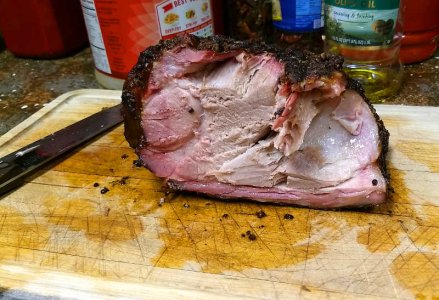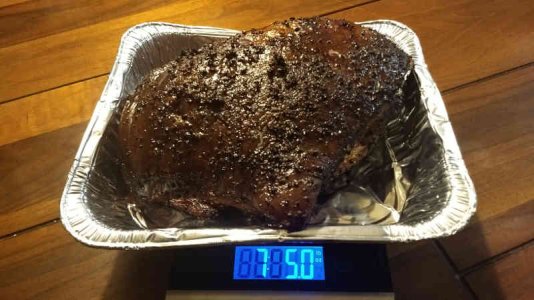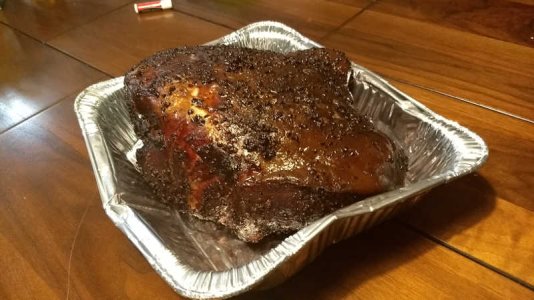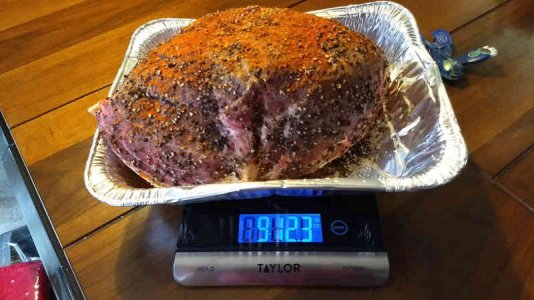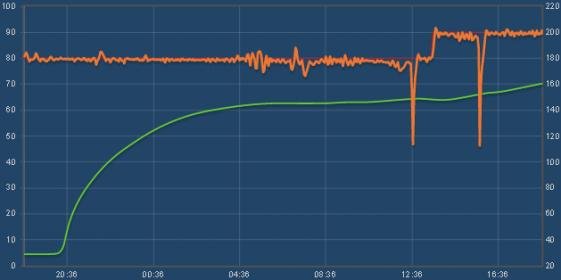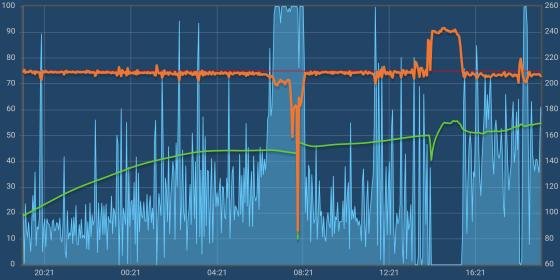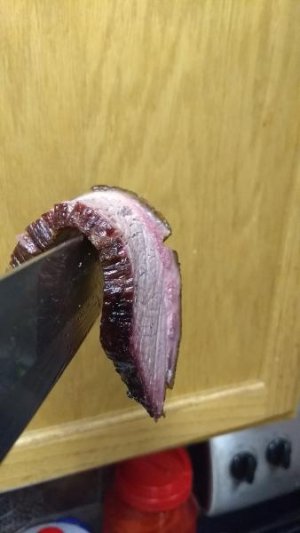No worries about making jerky - the reason jerky comes out the way it does is precisely because it is meant to remove all of the moisture from the meat to prevent bacteria forming, hence the necessity to cut it into thin strips.
I've experimented with very ow temperature oven roasting quite a lot (long before sous-vide was a practical option even for a professional chef), it's an exquisite technique with lots of advantages, but perhaps these advantages are less apparent and outweighed by disadvantages when applied to barbecue. Time and fuel being the two largest, followed by burn temperature of the fuel source which affects the amount and chemical content of the smoke produced.
There is a whole lot of science behind the differences in cooking at such radically different temperatures as, say, 180° vs 325°F. The mantra in BBQ seems to have become that the meat doesn't know what temperature you cooked it at and will get done no matter what - this is true only insofar as the meat will get done, but it does not mean the results will be the same unless other adjustments have been made to the processes to even them out or compensate for the differences.
In other words, if you do everything the same except time in the cooker you will not get the same amount of bark, smoke, colour, texture, tenderness, moisture content, aroma, and as a result of the combination of all of these, the taste. The final internal temperature that produces a 'best' combination of tenderness and juiciness will also be different, which is why experienced hands will always choose to pull according to feel and probe tenderness over according only to temperature.
Experience has taught me to to poo-poo anything until I understand it, and food science is actually insanely complex, so it's understandable people get a near religious defensiveness for the way they found works for them. Anyone who really wants to expand their horizons and gain valuable experience should try these different methods, besides being educational it's really fun and you will learn more than by doing a hundred cooks exactly the way you are used to.
There are many ways to skin a cat, just haven't found a good way to barbecue one.

